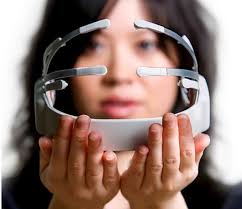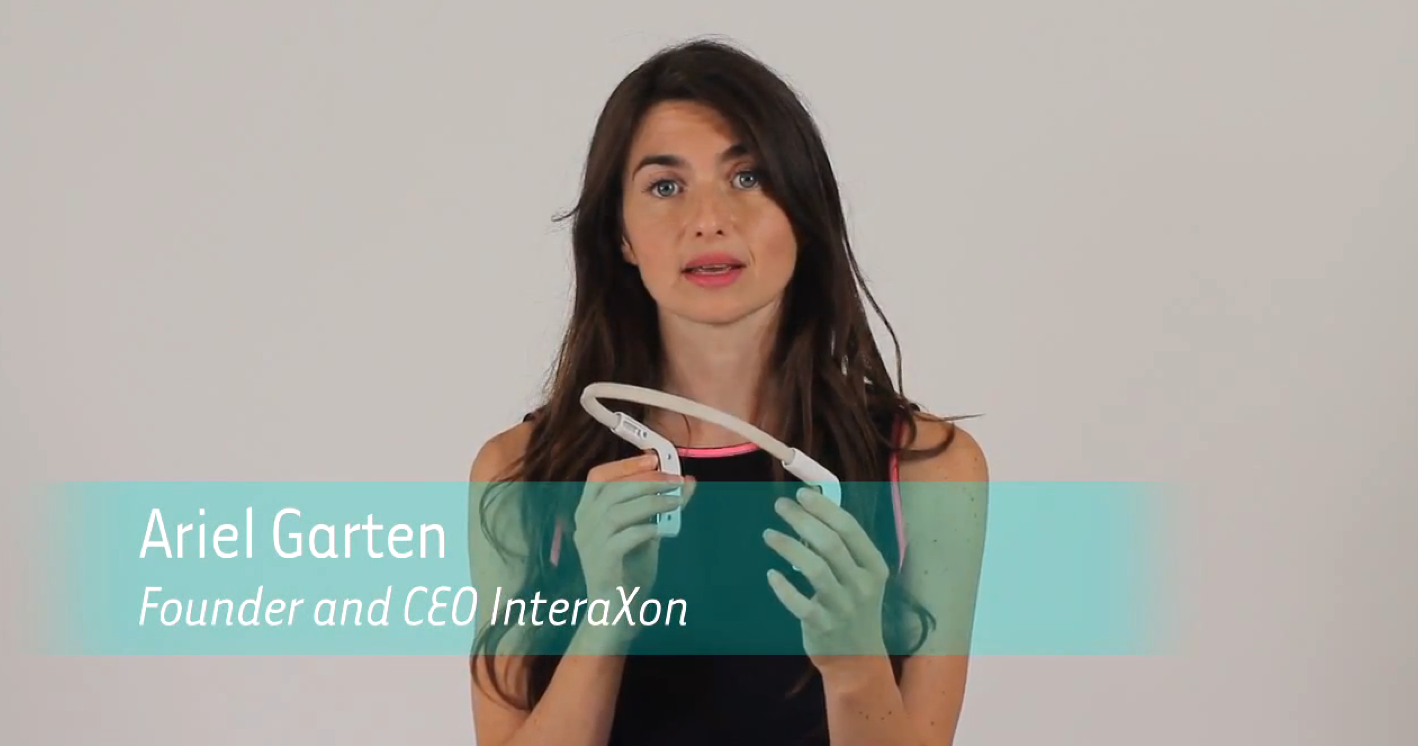Can you imagine being able to turn on your lights with a thought? Or call someone just by thinking about it? Well, sadly that kind of technology still doesn’t exist, but at least the Muse headband has taken the first step towards its creation.

While this device’s technology could definitely lead to future gadgets that allow us humans to control our environment with a mere thought, Interaxon’s Muse headband itself was designed for stress relief. The Muse’s accompanying mobile app projects a beach scene, one that changes depending on whether your thoughts are stressed or relaxed.
While wearing the headband itself, Muse users go through a 3-minute exercise designed to calm their breathing—similar to the techniques of guided meditation. Through the sensors equipped in the headband, one resting on your forehead and two others behind your ears, the headband is able to tell if your brainwaves are “active” or “calm,” states of mind that show up on the corresponding mobile app.
If your thoughts are stressed or overactive, the scene projects rolling storm clouds, combined with the sound of wind picking up—but if you’re calm, the clouds recede to a clear day and you hear the happy sounds of birds chirping.

“The headband picks up brainwave data and sends it to your phone. Then it's able to show you how your brain is doing,” said Interaxon co-founder Ariel Garten on CNET. “It can show when your thoughts are calm and when you're focused on what's in front of you. Or when your brain is active, when you have tons of thoughts, when you're bothered, when you're agitated, when your mind is wandering.”
The Muse’s technology could definitely be considered the first step towards gadgets that allow us to directly interact with other devices—control our homes, phones, or electronics with a single thought—but according to Garten, such technology is still “10, 15 years in the future.”
Source CNET
Advertisement





